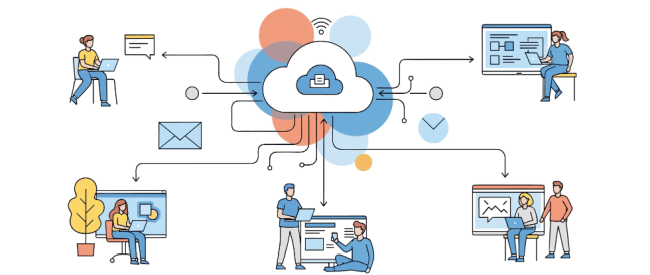While U.S. mortgage servicers have focused in recent years on becoming more operationally resilient, they seem to have taken their eyes off of their customers.
In a January 2019 report on mortgage servicers, Fitch Ratings reported that “significant investments in new servicing technology and regulatory compliance over the past ten years have resulted in operational improvements.”
The investments, along with new digital services, aren’t translating in to higher customer satisfaction, however. In fact, overall mortgage consumer satisfaction hasn’t budged since 2015, according to the J.D. Power 2018 Primary Mortgage Servicer Satisfaction Study. The study evaluates servicers on such pivotal customer experiences as onboarding, billing and payments, communications and interactions, including online, call center agents and automated voice response.
Three Keys to Delivering Better CX
To improve mortgage customer satisfaction, servicers should take their cues from the top consumer brands that do a great job of connecting when, how and where the customers prefer. From Amazon to Zappos, they are setting the bar and making customer experience a competitive differentiator. The foundation for enhancing CX for many brands is omnichannel communications and payments:
- Digital, especially mobile. More people are operating online, especially from their mobile devices. In a 2016 Aite Group survey of nearly 2,500 Americans, just 20% paid their mortgages by phone or mail while 35% used a payment portal on their biller’s website and another 40% logged onto their bank’s website to transfer payment online.Mobile is also indispensable. Nearly two-thirds, or 64%, of consumers, say they plan to use a mobile wallet by 2020, up from 46% in 2017, according to Accenture. And 89% say they would like to communicate with businesses via text, according to Twilio.
- Choice. An all-digital strategy isn’t the answer, though. An overwhelming 90%, including 88% of those aged 18 to 24, believe they should have the right to choose how they receive communications, print or electronic, from financial organizations and service providers, according to a June 2017 survey by independent research company Toluna for Two Sides, a group of forestry, paper and printing companies.Given the option, most mortgage holders select a mix of digital, phone and paper communications and payments, such as receiving mailed statements and setting up automatic monthly deductions.
- Convenience. The key is to make it easy to obtain needed information and remove barriers to payments. When someone is filling out annual tax forms and can’t find the hard copy version of their 1098 form, they want to easily and quickly find it online. Ditto for e-presentment of the annual escrow analysis.
A mobile wallet, which enables people to receive billing statements into the wallet applications of modern smartphones powered by Apple and Google, offers similar ease of use. More than 40% of consumers who receive e-statements in digital wallets with links to online payment portals pay right away, eliminating missed or late payments and resulting fees, according to Walletron. For billers, consumers using digital wallet statements pay four days faster on average, with online payments overall increasing 14% and call center inquiries dropping 33%, Walletron says.
Catering to mortgage customers pays off
Mortgage servicers that make it easy to do business with them can build customer relationships that could last for decades, through refinancings, home equity loans and new home purchases. Mortgages are usually the biggest financial commitment people make and represent much more than a financial transaction. Given what’s at stake, customers want to feel understood and that their business is valued. Interacting with customers based on their preferences delivers that message, and mortgage servicers that do so are likely to see a jump in their customer satisfaction ratings.
About the Author
Bryan joined Nordis Technologies in 2016 to manage and grow the company’s already-large vacation ownership client base. He also is responsible for business development and market expansion in the healthcare and financial services markets. Before joining Nordis, Bryan spent more than 21 years with Interval International, a leading global provider of vacation ownership services. Bryan graduated from Northwestern University with a bachelor of science in political science.

Bryan Ten Broek
Vice President – Business Development







